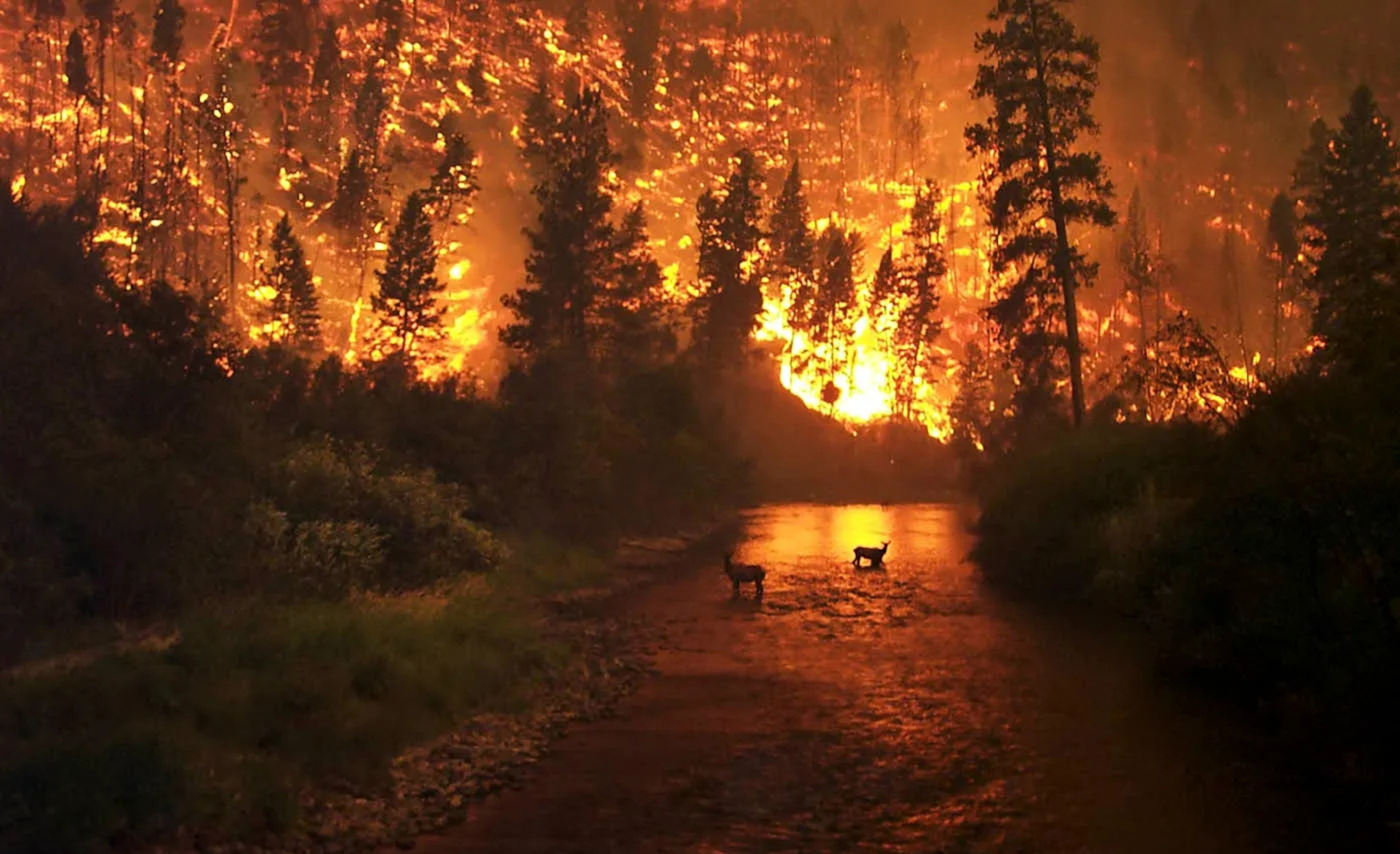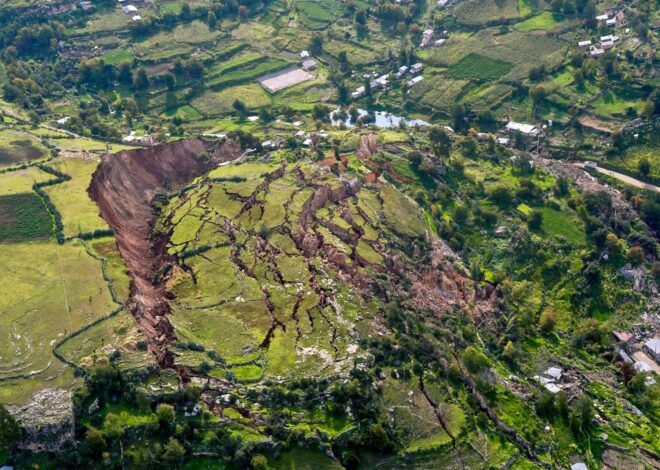
Surviving In A Wildfire
Welcome to our ultimate guide on surviving in a wildfire. Picture this: the crackling sound of flames, the scent of smoke in the air, and the urgency to protect what’s most precious. Wildfires are a force of nature that can strike without warning, leaving devastation in their path.
In this blog post, we’ll dive into essential tips and tricks for surviving a wildfire – from preparation to recovery. Stay tuned as we unravel the secrets to staying safe in the face of one of nature’s fiercest challenges!
Understanding Wildfires
Wildfires are not just random blazes in the wilderness; they are powerful and unpredictable events fueled by a combination of dry conditions, high winds, and flammable vegetation. These infernos can spread rapidly, swallowing everything in their path with intense heat that can reach thousands of degrees Fahrenheit.
Understanding the behavior of wildfires is crucial for survival. They can move uphill faster than downhill due to the way fire interacts with slopes and wind patterns. Spot fires caused by embers carried by the wind ahead of the main blaze can ignite new areas unexpectedly.
The intensity of a wildfire depends on various factors such as fuel availability, weather conditions, and terrain. Firefighters use this knowledge to strategize containment efforts and protect communities at risk. By comprehending how wildfires start and spread, we gain insight into how to better prepare for these natural disasters before they strike again.
Preparing for a Wildfire
Living in an area prone to wildfires requires proactive preparation. Start by creating a defensible space around your home, clearing away any flammable vegetation and debris. Develop a family emergency plan outlining evacuation routes and meeting points.
Keep important documents like insurance policies, identification papers, and medical records in a fireproof safe or stored digitally online for easy access during an emergency. Prepare an emergency kit with essential supplies such as water, non-perishable food, medications, flashlights, batteries, and first aid items.
Stay informed about wildfire risks by monitoring local news updates and weather alerts. Familiarize yourself with community evacuation procedures and have a communication plan in place with family members or neighbors.
Regularly maintain your property by trimming trees and shrubs near structures to reduce the risk of fire spreading. Practice fire safety measures like proper disposal of cigarettes or outdoor burning materials.
By taking these proactive steps to prepare for a wildfire, you can increase your chances of staying safe and protecting your property in the event of an emergency.
What to do During a Wildfire
During a wildfire, staying calm and acting swiftly can make all the difference. If you are in the vicinity of a wildfire, prioritize your safety above all else. Stay informed by listening to local authorities for updates on the fire’s movement and evacuation orders.
If an evacuation order is issued for your area, leave immediately following designated routes to avoid traffic congestion. Do not return home until authorities deem it safe to do so. If trapped by flames, seek shelter in a building if possible or find an open space away from vegetation.
Protect yourself from smoke by covering your nose and mouth with a cloth or mask. Keep hydrated and stay low to the ground where the air is less toxic. Remember that material possessions can be replaced, but your life cannot – always prioritize safety during a wildfire situation.
After the Fire: Assessing the Damage and Moving Forward
The aftermath of a wildfire can be overwhelming, with the charred landscape and the devastation left behind. As you assess the damage, it’s essential to prioritize safety first. Be cautious of unstable structures, hot spots, and potential hazards that may still exist in the area.
Documenting the extent of the damage is crucial for insurance purposes and rebuilding efforts. Take photographs and make detailed notes to accurately report what was lost in the fire. Seek assistance from professionals if needed to evaluate structural integrity or environmental impact.
Moving forward after a wildfire involves both physical and emotional recovery. It’s normal to feel a range of emotions, including shock, grief, and uncertainty about the future. Lean on your support system for guidance and comfort during this challenging time.
As you begin to rebuild your life post-fire, stay resilient and focused on gradual progress. Remember that healing takes time, but with perseverance and determination, you can overcome this adversity one step at a time.
Essential Items to Have on Hand for Surviving a Wildfire
When a wildfire strikes, having essential items on hand can make all the difference in your survival. First and foremost, you’ll need a ready-to-go emergency kit that includes non-perishable food, water, medications, and important documents. Additionally, pack sturdy footwear and clothing made from natural fibers to protect yourself from heat and flying embers.
Don’t forget to include a flashlight with spare batteries for navigating through smoke-filled areas at night. A battery-powered radio will keep you informed about evacuation orders or changing fire conditions. Keep a first aid kit handy for treating minor injuries until help arrives.
Other crucial items to have are dust masks to filter out smoke particles and goggles for eye protection. Include tools like a multipurpose knife, duct tape, and a whistle for signaling rescuers if needed. Pack extra cash in case ATMs are unavailable during an emergency.
Being prepared with these essential items can increase your chances of staying safe during a wildfire event.
Mental Preparedness: Coping with the Aftermath of a Wildfire
Coping with the aftermath of a wildfire can be emotionally challenging. The devastation left in its wake can leave individuals feeling overwhelmed and helpless. It’s essential to acknowledge these feelings and seek support from loved ones or mental health professionals.
Remember, it’s okay to grieve for what was lost during the wildfire. Allow yourself time to process your emotions and come to terms with the situation. Practice self-care by engaging in activities that bring you comfort and peace.
Stay connected with your community, as sharing experiences with others who have gone through similar challenges can be therapeutic. Lean on each other for support and understanding during this difficult time.
Be patient with yourself as you navigate the recovery process. Healing takes time, so give yourself grace as you work towards rebuilding your life after a wildfire.
Conclusion: Being Safe & Prepared Against Future Wildfires
Staying safe in the face of wildfires is crucial. By understanding the nature of wildfires, preparing well in advance, knowing what to do during a wildfire, and taking steps to assess and move forward after one occurs, you can increase your chances of survival.
Remember always to have essential items on hand like emergency kits, protective gear, important documents, and medications. Mental preparedness is just as vital – stay informed, stay calm, and seek support when needed.
By being proactive in your preparations and staying vigilant during wildfire season, you can minimize risks and keep yourself and your loved ones safe. Being prepared now will not only help you survive current threats but also ensure readiness against future wildfires. Stay safe!



